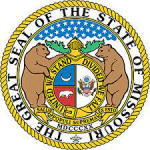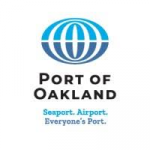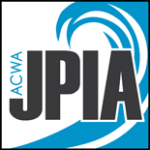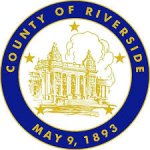-
- Grass Valley, California
- Nevada County, CA
- Full Time
- Public Health
-
- Auburn, California
- PLACER COUNTY, CA
- Full Time
- Public Health
-
- Auburn, California
- PLACER COUNTY, CA
- Full Time
- Public Health
-
- Cameron, Missouri
- State of Missouri
- Full Time
- Accounting and Finance
- Public Health
- Other
-
- Nevada, Missouri
- State of Missouri
- Full Time
- Community and Economic Development
- Public Health
-
- Fulton, Missouri
- State of Missouri
- Full Time
- Public Health
- Other
-
- Mount Vernon, Missouri
- State of Missouri
- Full Time
- Accounting and Finance
- Public Health
- Other
-
- Waverly, Missouri
- State of Missouri
- Full Time
- Public Health
-
- Gladstone, Missouri
- State of Missouri
- Full Time
- Public Health
-
- State of Missouri
- Full Time
- Code Enforcement and Inspections
- Public Health
-
- Los Banos, California
- Merced County, CA
- Full Time
- Clerical and Administrative Support
- Parks and Recreation
- Public Health
-
- Lubbock, Texas
- Texas Tech University Health Sciences Center
- Part Time
- Public Health
-
- Lubbock, Texas
- Texas Tech University Health Sciences Center
- Full Time
- Public Health
-
- San Bernardino, California
- SAN BERNARDINO COUNTY, CA
- Full Time
- Public Health
-
- St. Louis County, Missouri
- State of Missouri
- Full Time
- Clerical and Administrative Support
- Public Health
-
- Fulton, Missouri
- State of Missouri
- Full Time
- Human and Social Services
- Legal Services
- Public Health
-
- San Bernardino, California
- SAN BERNARDINO COUNTY, CA
- Full Time
- Public Health
-
- San Bernardino, California
- SAN BERNARDINO COUNTY, CA
- Full Time
- Accounting and Finance
- Legal Services
- Public Health
-
- San Bernardino, California
- SAN BERNARDINO COUNTY, CA
- Full Time
- Fire and EMS
- Public Health
-
- San Bernardino, California
- SAN BERNARDINO COUNTY, CA
- Full Time
- Fire and EMS
- Public Health
-
Behavioral Health Therapist-Licensed - $1,000 - $5,000 NEW HIRE BONUS
Grass Valley, California United States Nevada County, CA Full Time $89,497.68 - $109,258.20 Annually Jan 31, 2025 Employer:
Employer:
Nevada County, CA
About: Nestled into the western slope of the Sierra Nevada Mountains, Nevada County is known as the heart of the “Gold Country.” Nevada County is known to provide its residents with a great quality of life. The economy is well supported by a wide array of industries, including manufacturing, retail, technology, agriculture, construction and health services. Nevada County has an above-average high school graduation rate, accessibility to traditional, charter and private schools, and higher-level education at two local Sierra College campuses. Infrastructure projects such as the broadband initiative and library technology center offer opportunities for viable expansion while maintaining a small-town feel. The Gold Country is often a recommended tourist destination and stands out for its rich history, museums, and quaint Victorian architecture coupled with an assortment of outdoor, arts, and cultural activities offered yearround. Residents and visitors enjoy Nevada County’s historic foothill towns nestled amidst pristine rivers, picturesque forests and the rugged beauty of the Sierra Nevada Mountains. Nevada County offers a rural, small-town lifestyle, while still being located within a convenient distance from urban centers in Sacramento, the Bay Area and Reno. Weather: The weather of Nevada County is another valued feature of the area. Residents enjoy a long, warm sunny season while experiencing color changes in the fall with cool, occasionally snowy winters. Summer temperatures are typically mild, with average highs near 85 degrees in July. Rain in January typically averages ten inches per year and the highest elevations receive an annual average of 206 inches of snow. Recreation: Scenic trails, alpine lakes, the Yuba River and the Sierra Nevada Mountains all support numerous recreation activities, including skiing, biking, hiking, fishing, kayaking, hunting and backpacking. With a calendar packed with street fairs, festivals, art exhibits, local theater and children’s activities, visitors and locals can experience small-town life without having to forgo indulgence in pleasures more typical of an urban setting. Arts and Culture: Nevada County is a creative hotspot in the Sierra Nevada, offering an array of experiences, including concerts, film festivals, street fairs, dance performances, poetry readings, studio tours and galleries. The county also has numerous venues for performing arts, many of which are historic settings. The arts have a large economic impact, which has become a vital component to life in Nevada County. We strive to be an employer of choice through active engagement with employees, development of programs that both support employees and align with Board of Supervisors' strategy, and the creation of a culture that fosters innovation.
Job Description
Definition and Class Characteristics
* * * $1,000 - $5,000 NEW HIRE BONUS * * *
RELOCATION ALLOWANCE ALSO AVAILABLE TO QUALIFIED CANDIDATES!
Through the services of its departments, Nevada County's Health & Human Services Agency develops and implements programs that fulfill the County’s commitment to provide support to our residents. We are pleased to be recruiting to fill several positions for Behavioral Health Therapists in a variety of capacities.
THE POSITION
Our Behavioral Health Therapists provide the following support to community members:
- Assessment, treatment planning, individual and group therapy, collateral/parent counseling
- Crisis intervention, case management, and documentation of services
- Screening potential clients on the phone
- Psychotherapy
We are currently seeking Therapists for the following programs and services. Please be sure to apply for all levels of positions which you feel you may be qualified for.- One full-time therapist to provide assessments for Collaborative Courts, individual therapy for justice-involved clients, and care coordination for the forensic population in Nevada County. This is a full-time, fully benefitted position.
- One full-time therapist to provide intake assessments, individual therapy, and case management for adults in Western Nevada County. This position is full-time and fully benefited.
- Part-time temporary therapists to provide direct services to our Behavioral Health clients. A temporary, part-time employee works an average 20 hours but not more than 29 hours per week, for a maximum of 1000 hours per fiscal year. Temporary employees earn sick leave but are not eligible for benefits or CalPERS.
BENEFITS
Our staff members enjoy an extensive benefit package including, but not limited to: a generous sick time/vacation/leave benefit, 11 standard and 3 floating holidays each year, CalPERS retirement, medical insurance, dental insurance, vision insurance, complementary and voluntary life insurance plans, a flexible spending account (FSA), a dependent care account (DCA), and a deferred compensation plan including 401(a), 457(b) and Roth options. Nevada County is also a qualifying employer for the Public Service Loan Forgiveness (PSLF) program through the Department of Education. And because we care about work-life balance, we also offer flexible schedules and telework options to our staff depending on program needs! Benefit eligibility and options are based on regular or temporary employee status.
THE COMMUNITY/COUNTY
Nevada County is perfect for those who crave a peaceful and fulfilling lifestyle in the great outdoors. The county is home to over 102,000 residents and covers an area of 974 square miles. Surrounded by the stunning Sierra Nevada Mountains, this county is a nature lover's paradise, with state parks, lakes, and trails galore for hiking, camping, and fishing. And let's not forget the ski resorts and snow parks, which make Nevada County a winter wonderland. Nevada County also has a thriving arts and cultural scene with a vibrant community of artists and musicians, galleries, theaters, and performance spaces. The Nevada County Fairgrounds host events year-round, including the ever-popular Nevada County Fair and the California Worldfest. Nevada County is also an economic powerhouse, with local businesses and industries thriving in technology, health, and tourism, and where resident can enjoy affordable California living!
You matter at County of Nevada. Your contribution, your worth, your ideas, all have a place here. We thrive on transparent and ongoing communication through employee newsletters, social media and hosted sites. We strive to be the best version of ourselves through continuous improvement. We learn and grow as a team. Great discoveries happen when people from a diverse set of backgrounds come together. Best of all, you make a difference in the lives of our community every day. Bring your whole self to our place.
We are an equal opportunity employer and value diversity. We do not discriminate on the basis of race, religion, color, national origin, gender, sexual orientation, age, marital status, veteran status, or disability status. We will ensure that individuals with disabilities are provided with reasonable accommodation to participate in the job application or interview process, to perform essential job functions, and to receive other benefits and privileges of employment. Please contact us to request accommodation.
Read the full Behavioral Therapist-Licensed job description to determine which levels you qualify for.
Benefits Guide
The Benefits Guide is a comprehensive document for employees of the County of Nevada. Information contained in this summary of benefits is not a binding document. Refer to specific unit summaries and agreements (MOUs) for additional benefit information.
Health Insurance
The County sponsored plan is the PERS Gold PPO, but you can also choose plans from providers such as Anthem, Blue Shield, and PORAC (if you are a member) to suit your needs.
Health Insurance Plans- Anthem Blue Cross Select HMO
- Anthem Blue Cross Traditional HMO
- Blue Shield CalPERS Access+ HMO
- Blue Shield Trio HMO
- Kaiser HMO
- PERS Gold PPO (County sponsored plan)
- PERS Platinum PPO
- PORAC (Available to PORAC members only)
The County offers employees the option to contribute to a pre-tax medical FSA and dependent Care FSA.
Life Insurance
Voya is the County's life insurance provider. We offer the following products through Voya:- Basic Accidental Death and Dismemberment
- Basic Term Life
- Optional Accidental Death and Dismemberment plans
- Optional Dependent Term Life
- Optional Term Life
Nevada County employees can opt to receive dental and vision insurance without opting for health insurance coverage as well. This will give employees more flexibility to match their choice of insurance plans to their specific needs. Ameritas Dental is the dental provider offered through Nevada County and Ameritas VSP Vision Care is our vision care provider.
Retirement
The County is a member of the CalPERS retirement system and also provides the opportunity for voluntary contributions to a 457 deferred compensation account through Nationwide by way of pre-tax and Roth payroll deductions.
CalPERS Miscellaneous Tiers: Tier 1 (Classic-former employee originally hired on or before 12/13/12 and are returning to Nevada County) 2.7% @ 55 Tier 2 (Hired by a CalPERS employer between 12/14/12-12/31/12 and coming to Nevada County with less than 6 months between separation from former CalPERS employer and hire date with Nevada County) 2%@60 Tier 3 (Hired by first CalPERS employer on or after 1/1/13 or having a break in service of more than six months between another CalPERS employer and Nevada County) 2%@62
CalPERS Safety tiers: Tier 1 (Classic-former employees originally hired on or before 12/13/12 and are returning to Nevada County) 3% @ 50. Tier 2 (Hired by a CalPERS employer between 7/2411-12/31/12 and coming to Nevada County with less than 6-months between separation from former CalPERS employer and hire date with Nevada County) 3% @ 55. Tier 3 (Hired by any CalPERS employer on or after 1/1/13) 2.7% @ 57. We encourage you to visit the CalPERS home page, www.calpers.ca.gov , to search related information about the retirement plans noted here so that you fully understand what your retirement formula means to you.
NEVADA COUNTY IS AN EQUAL OPPORTUNITY EMPLOYER
Any information on this page or documents and links are subject to change without notice.
Nevada County Human Resources Department
950 Maidu Avenue, Nevada City, CA 95959 (530) 265-7010 option 2
Human.resources@nevadacountyca.gov
www.nevadacountyca.gov
Closing Date/Time: ContinuousPlease mention you found this employment opportunity on the CareersInGovernment.com job board.
LATEST JOBS
-
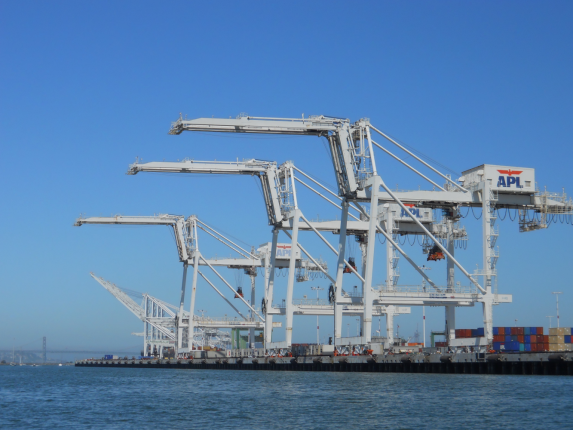
- 530 Water Street, Oakland, California
- Port of Oakland
- Full Time
- Code Enforcement and Inspections
- Human Resources and Personnel
-

- Roseville, California
- ACWA JPIA
- Full Time
- Other
-

- Leesburg, Virginia
- Loudoun County Government
- Full Time
- Community and Economic Development
- Housing
-

- Los Angeles, California
- Southern California Association of Governments
- Full Time
- Accounting and Finance
- Planning and Development
-
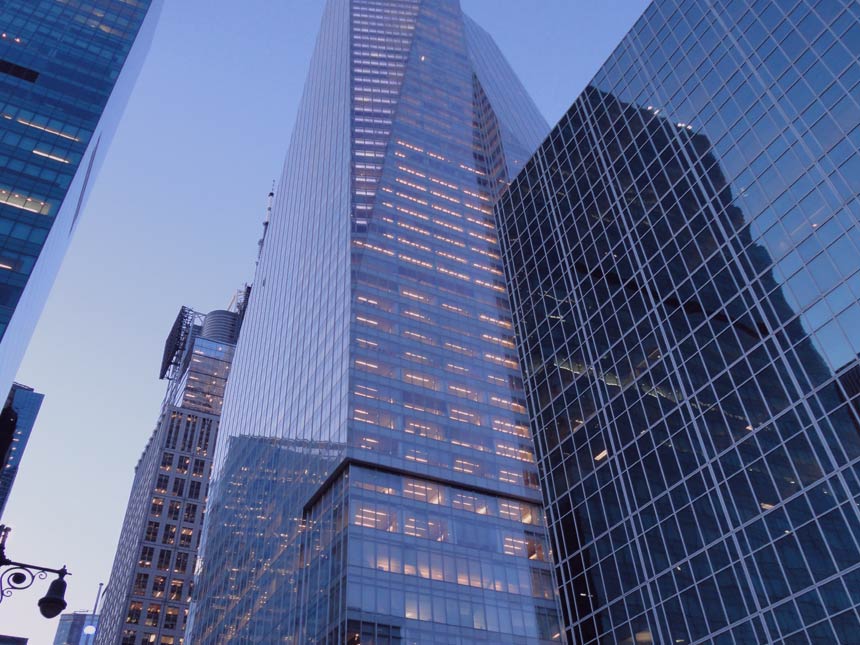
- Perris, California
- Eastern Municipal Water District
- Full Time
- Engineering
-
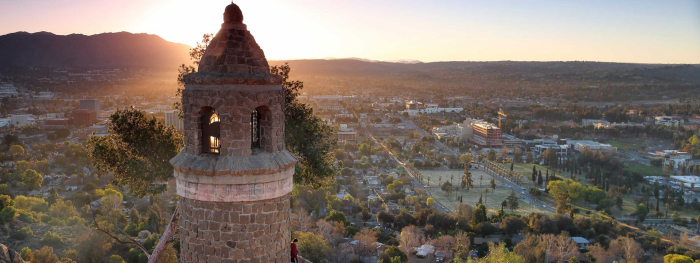
- Riverside, California
- The County of Riverside
- Full Time
- Facilities Management
-

- Blue Earth, Minnesota
- City of Blue Earth
- Full Time
- Administration and Management
-
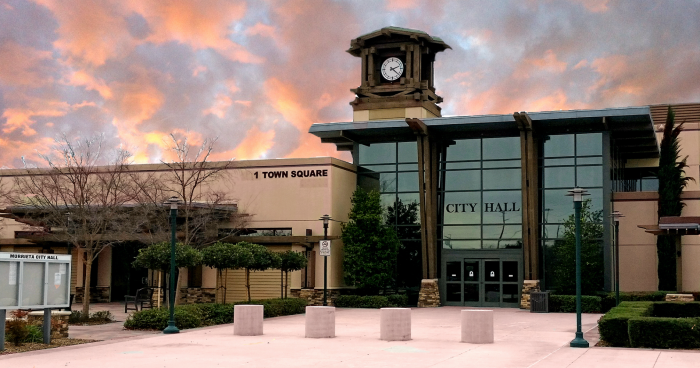
- Murrieta, California
- City of Murrieta, CA
- Full Time
- Engineering
- Planning and Development
-

- City of Rosemead, Rosemead, California
- The City of Rosemead
- Full Time
- Public Safety
-

- Sacramento County, California
- Department of Transportation (Caltrans) - Planning & Modal Program Management (PM²) Division
- Full Time
- Public Health

